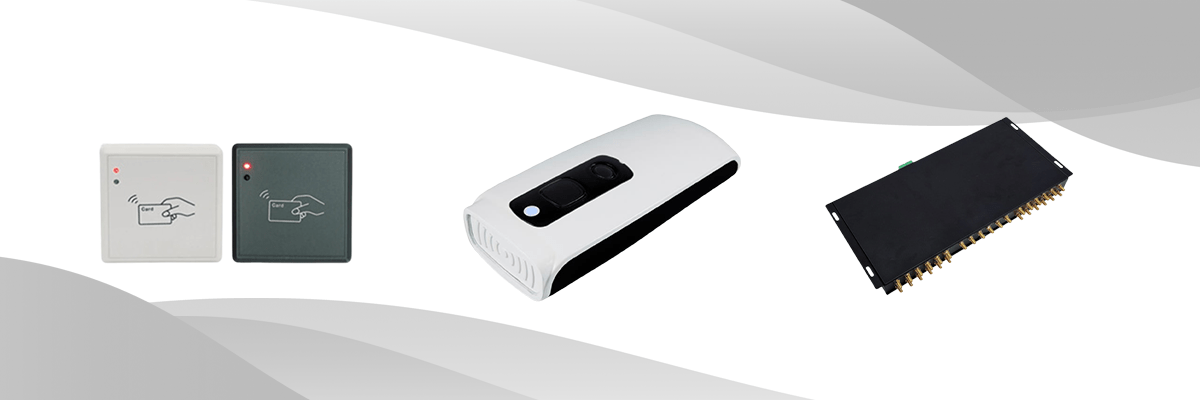Operation of High Frequency RFID Readers
High Frequency RFID Readers, commonly used for inventory management, access control, and asset tracking, require a straightforward setup to ensure optimal performance. Upon installation, these devices connect with RFID tags within their range, reading and transmitting data to the central system. Calibration of the reader is crucial for accurate data capture, which can be performed via built-in software or third-party applications.
To ensure the smooth operation of these readers, it’s essential to adjust antenna positioning and fine-tune the power settings based on the environment. Regular system checks, including firmware updates, signal strength adjustments, and noise reduction techniques, help maintain performance.
Maintenance of High Frequency RFID Readers
Proper maintenance of RFID readers involves routine inspection of hardware components, such as antennas and connectors, to prevent physical wear that could disrupt signal integrity. Periodically cleaning the readers with anti-static materials prevents dust buildup that can impair functionality. It’s also important to monitor software performance, running diagnostics to detect and resolve issues like data collisions or misreads.
Regular battery checks, if applicable, and power cycle tests ensure the longevity of the device. Keeping software updated and securing the device against unauthorized access are essential to maintaining data security.
Servicing High Frequency RFID Readers
High Frequency RFID Readers should be serviced periodically by trained professionals to ensure their reliability and accuracy. This includes calibration services, which are vital for maintaining the reader’s precision in different environmental conditions. GAO RFID Inc. offers both remote and onsite technical support to help troubleshoot complex issues, minimize downtime, and optimize reader performance.
Replacement of parts, like antennas or cables, may be necessary over time due to wear and tear. GAO RFID Inc.’s stringent quality assurance processes guarantee that all replacement parts meet the highest standards. Our investment in R&D allows us to continuously improve our service offerings, ensuring that customers always receive the latest in RFID technology.
Workplace Standards and Compliance in the U.S. and Canada
Operating High Frequency RFID Readers requires adherence to specific workplace standards and regulations in the U.S. and Canada to ensure safety and regulatory compliance. In the U.S., these readers must comply with the Federal Communications Commission (FCC) Part 15 regulations, which control the permissible emissions levels to minimize interference with other electronic devices. Compliance with Occupational Safety and Health Administration (OSHA) guidelines ensures that the devices are safe for use in various working environments.
In Canada, compliance with Industry Canada (IC) standards is mandatory. These standards align closely with FCC regulations, focusing on electromagnetic interference (EMI) controls. Additionally, Canadian workplaces are governed by specific safety regulations outlined by the Canadian Centre for Occupational Health and Safety (CCOHS). GAO RFID Inc. ensures that all our RFID readers meet or exceed these regulatory standards, making them suitable for deployment in diverse industrial and commercial settings.
Case Studies
- New York, USA: A leading manufacturing facility in New York implemented GAO RFID’s High Frequency RFID Readers to streamline their supply chain operations. This deployment significantly reduced inventory errors and enhanced real-time visibility, leading to improved productivity.
- Dallas, USA: In Dallas, a major hospital incorporated our RFID readers into their asset management system to track critical medical equipment. The integration resulted in faster equipment retrieval times, which enhanced patient care and operational efficiency.
- Toronto, Canada: A logistics company in Toronto used our readers for warehouse management, improving their asset tracking accuracy and reducing inventory discrepancies. The deployment optimized their order fulfillment process, enabling quicker delivery times.
Our products are in stock and can be shipped overnight to Continental U.S. and Canada from one of our local warehouses. If you have any questions, our technical experts can help you. Please fill out this form or email us.

